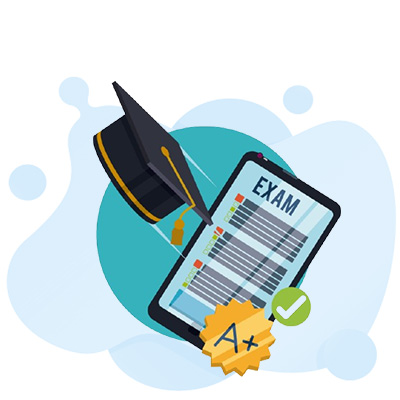
The CMAS (Colorado Measures of Academic Success) test is key in Colorado’s education system. It checks how well students are doing in school. This test is required by the state and helps see how students, schools, and the education system are doing.
Every year, the CMAS test is given to students. It helps teachers, parents, and leaders understand how well students are learning. The test shows what students know and what they need to work on. This helps teachers make their lessons better and help students who need extra help.
The CMAS test is key in Colorado’s education system. It checks how well students do in different subjects. This helps teachers and leaders see what works and what needs work.
The CMAS test matches up with Colorado’s learning goals. It looks at how well students grasp important subjects like English, math, science, and social studies. This helps teachers adjust their teaching to better meet student needs.
The CMAS test is given every year in Colorado. It happens from early spring to late spring. The exact dates change by school district. This lets teachers see where students need help before the year ends.
| Subject Area | Grade Levels Tested |
|---|---|
| English Language Arts | 3rd – 8th, 11th |
| Mathematics | 3rd – 8th, 11th |
| Science | 5th, 8th, 11th |
| Social Studies | 4th, 7th, 11th |
The CMAS test checks students at many grade levels. It gives a full picture of how well students are doing in school.
The CMAS test uses different question types to check students’ skills in English, math, and science. You’ll find multiple-choice, constructed-response, and technology-enhanced items. These help test critical thinking, problem-solving, and understanding.
In English, students will read various texts and answer questions. These questions check their reading, analysis, and writing abilities. The math section covers key topics like numbers, algebra, and geometry. It uses both old and new question styles.
The science tests focus on basic ideas and practices from the Colorado Academic Standards. Students will do hands-on tasks that mimic real science work. These tasks show how well they understand the world around them.